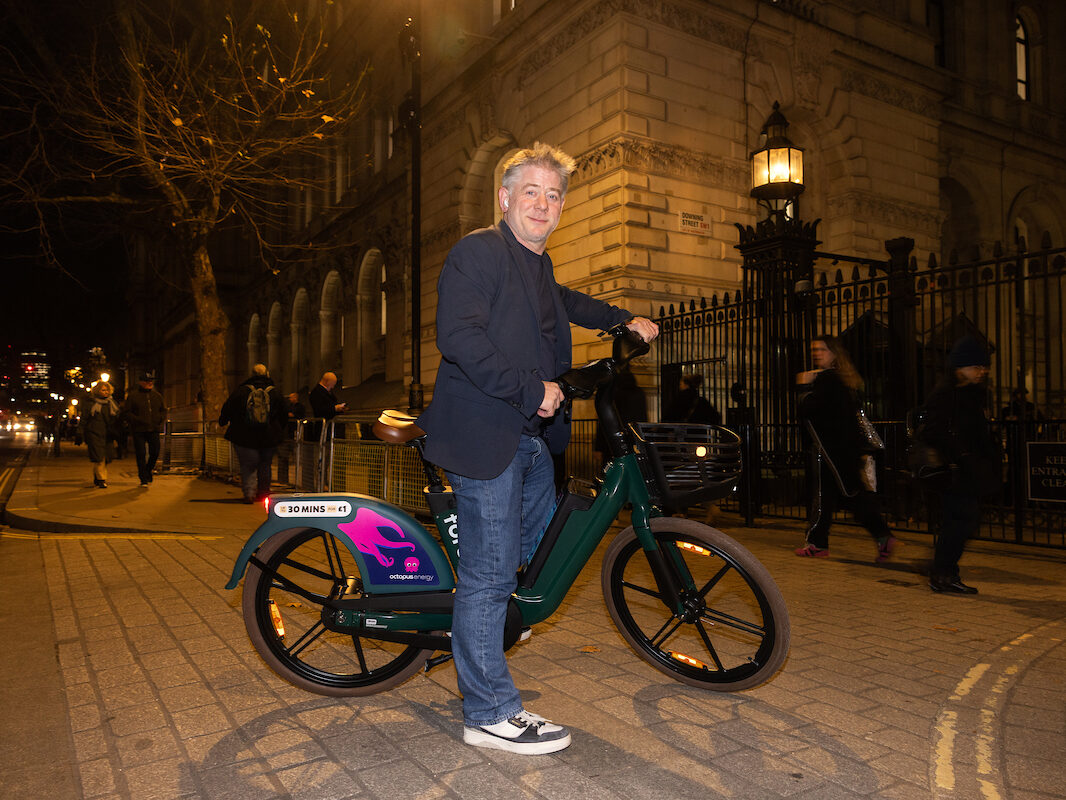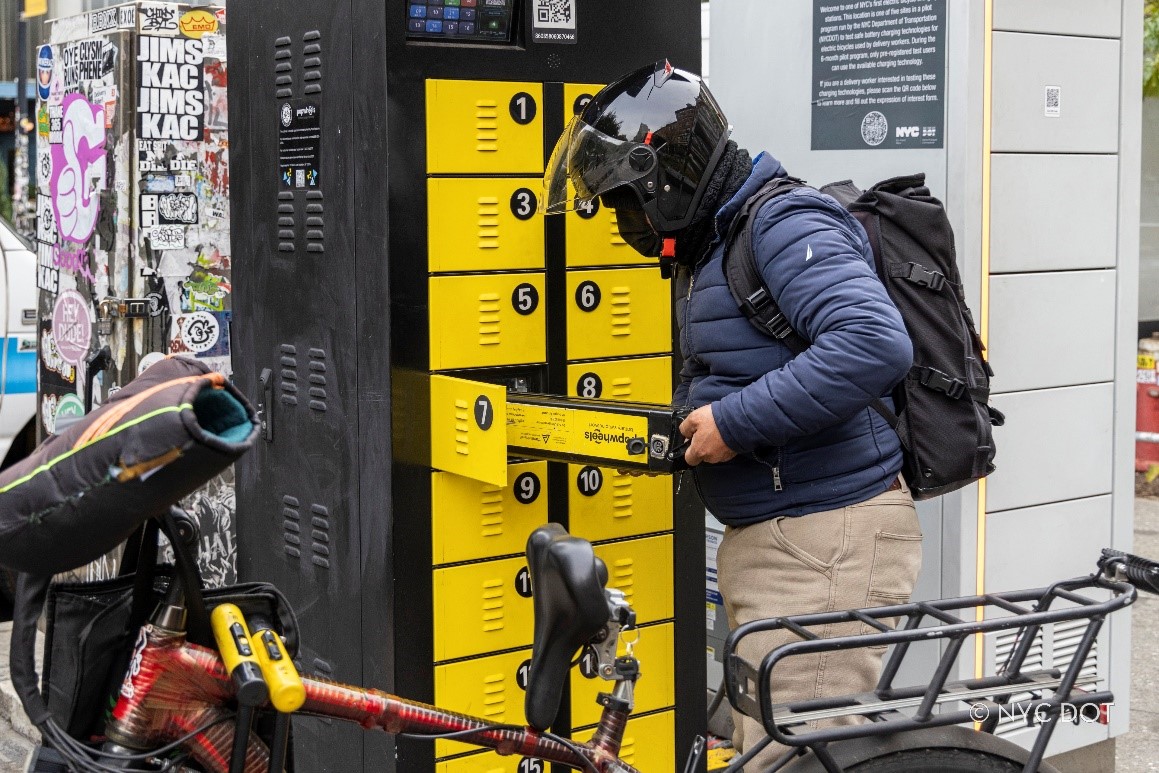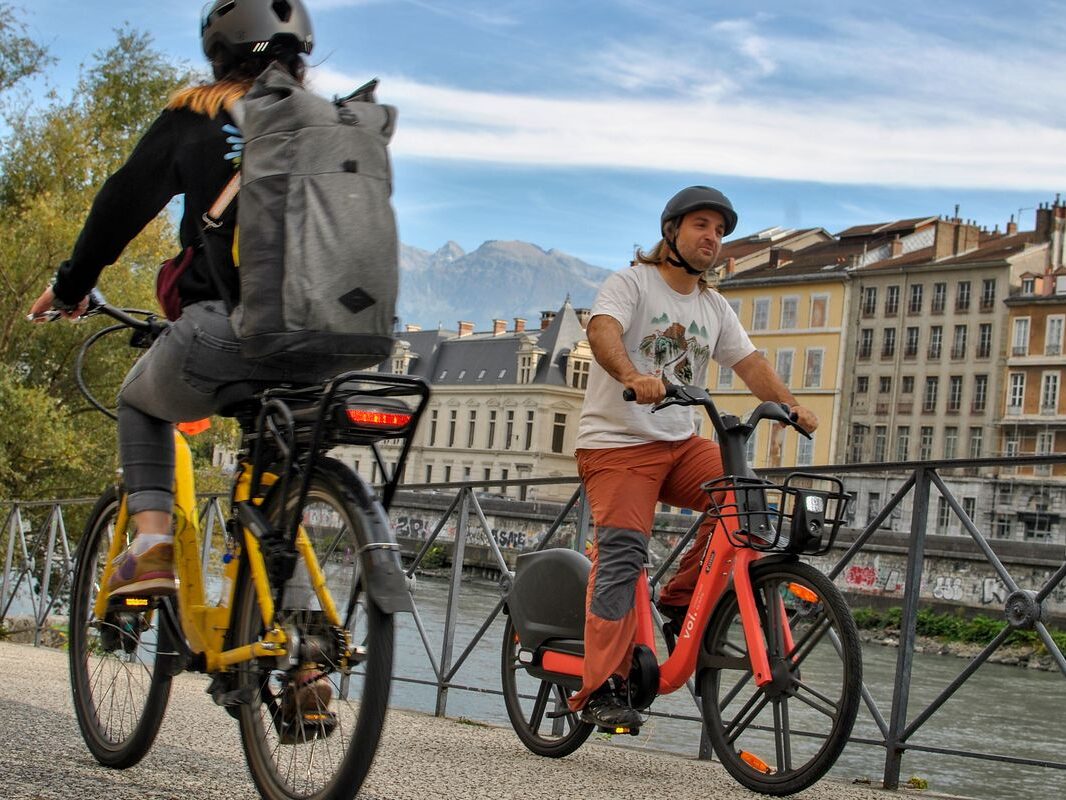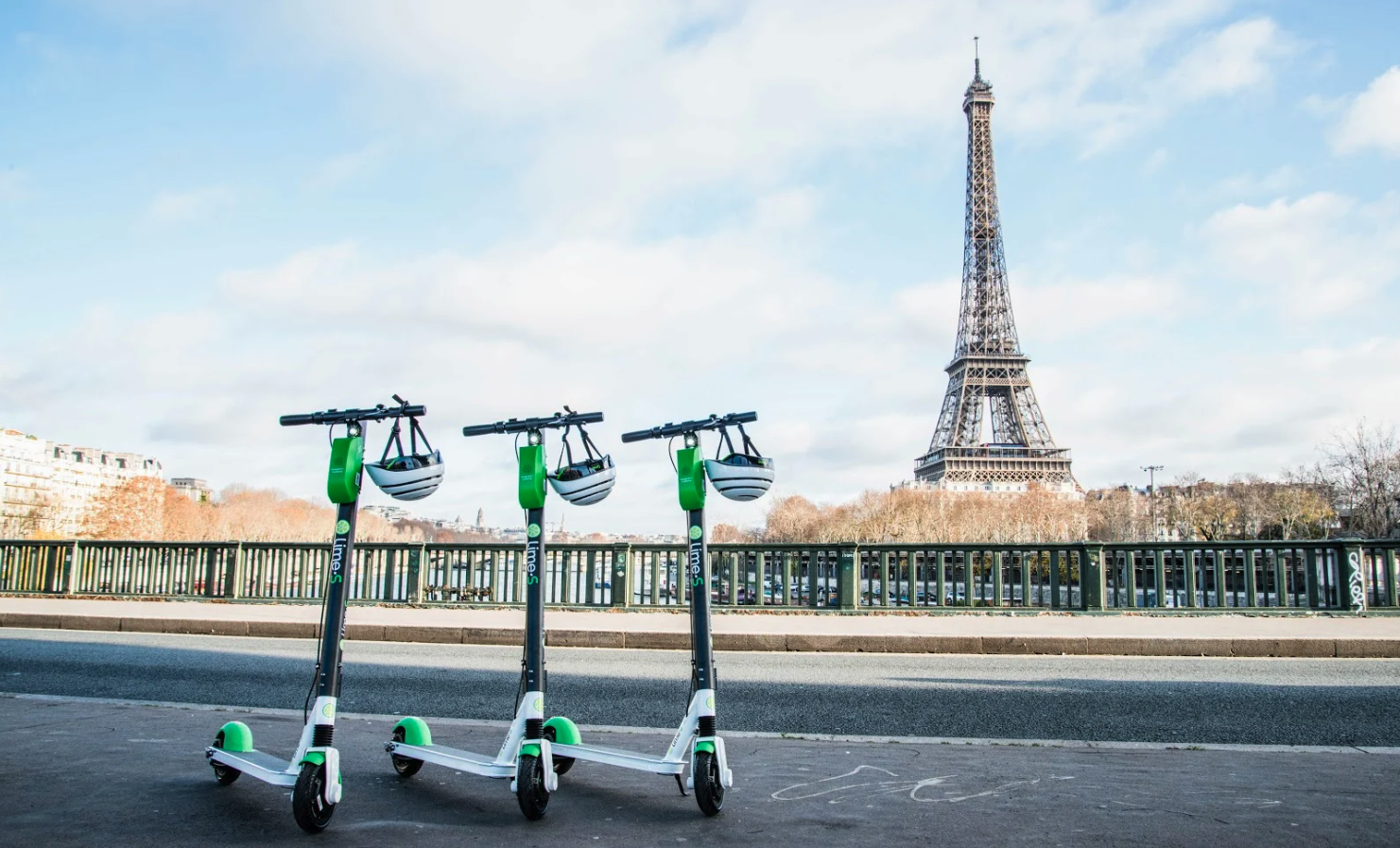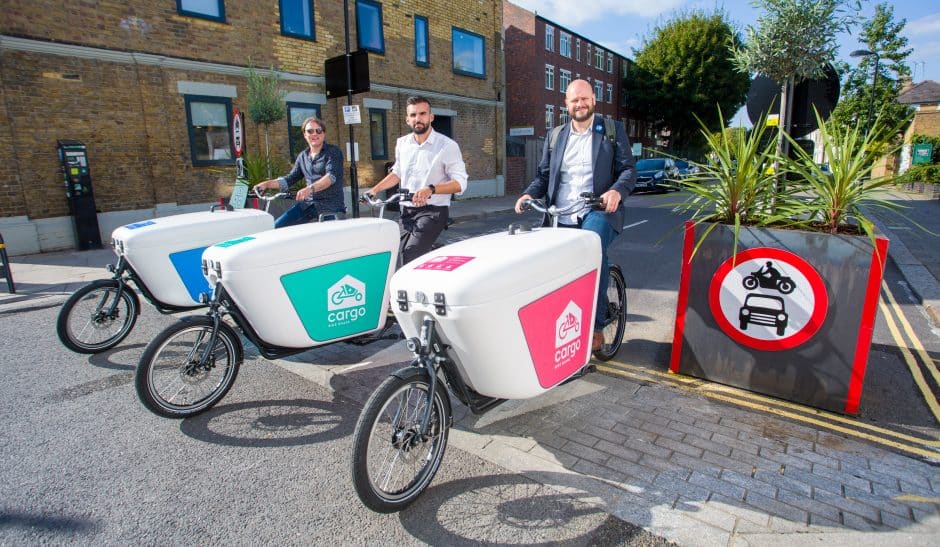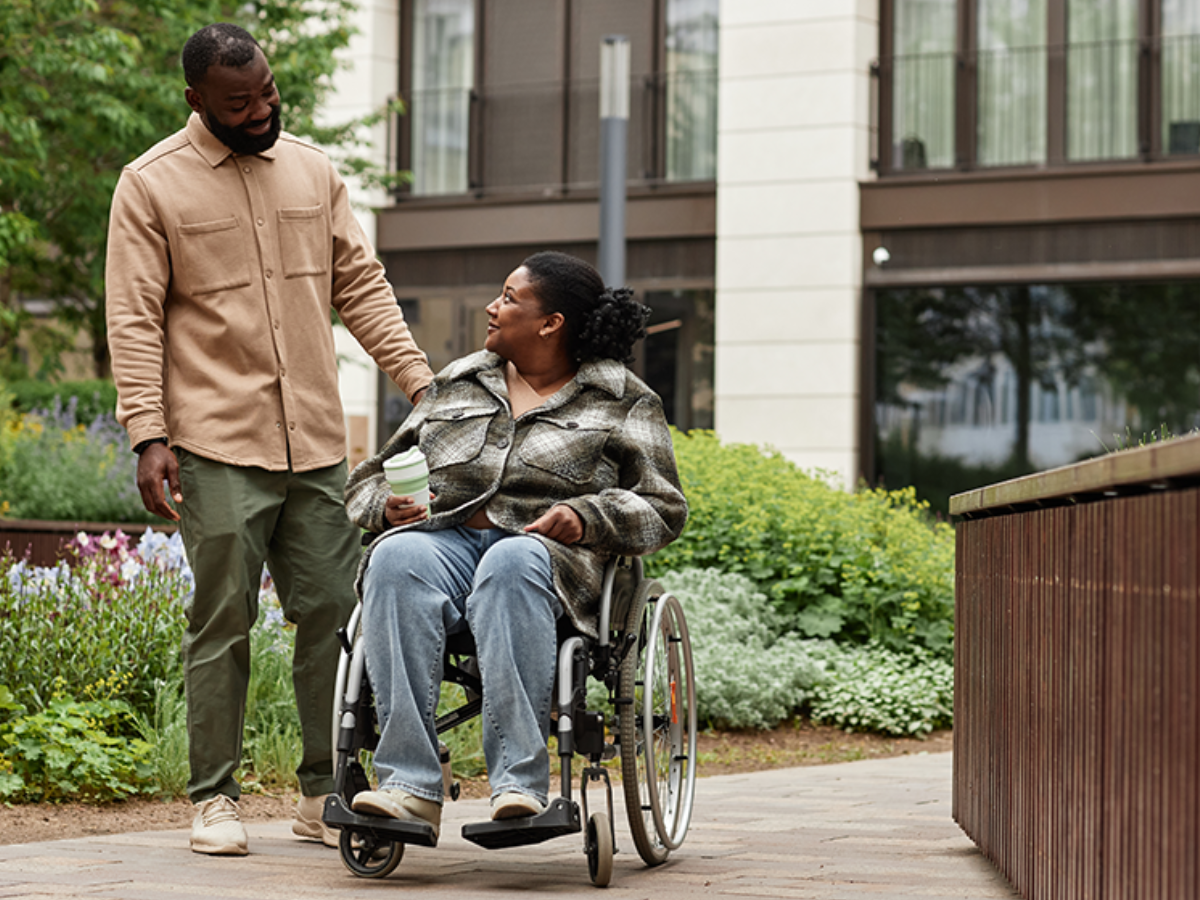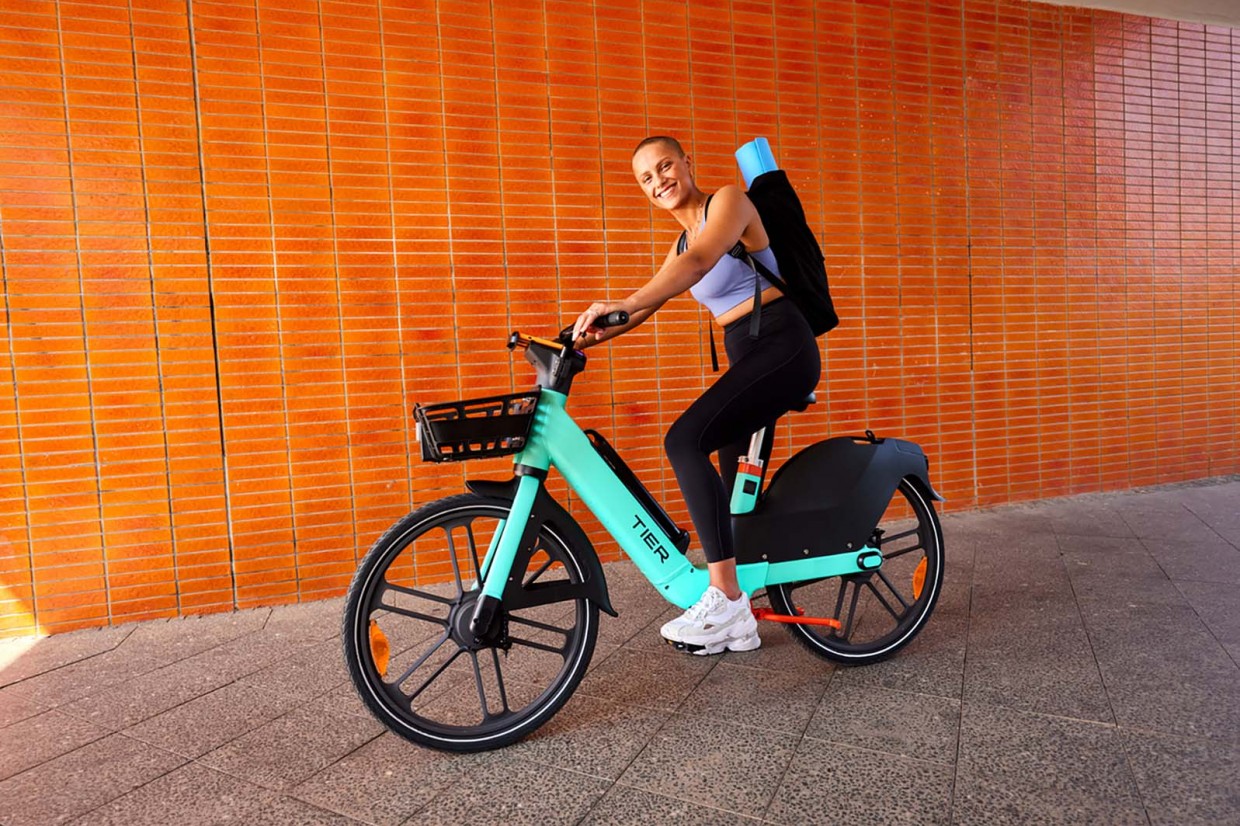The US National Association of City Transportation Officials (NACTO) has published a paper exploring the need to rethink infrastructure design in response to the growth of micromobility.
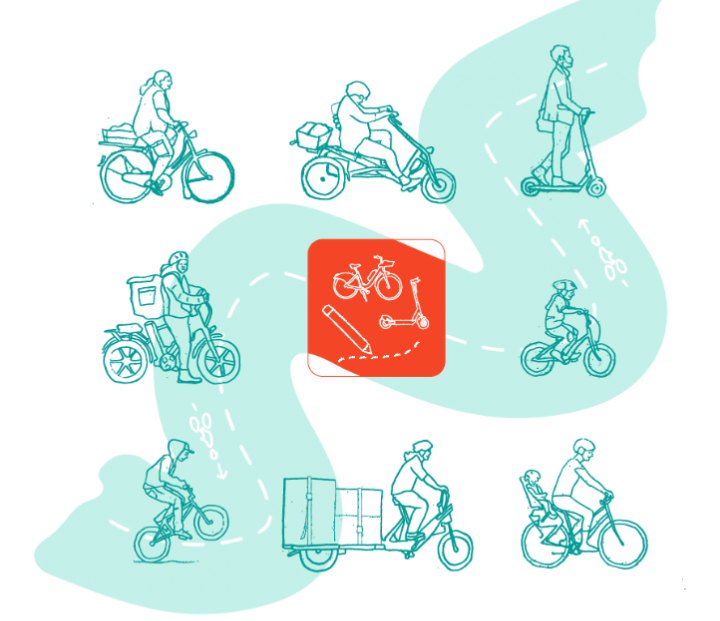
Over the past decade, the number of people using micromobility vehicles in the US has increased significantly, with over half a billion trips being made on shared bike and e-scooter networks since 2010. In addition, e-bike sales in the US increased by 200% between 2019 and 2021.
This increase has coincided with the launch of wide variety of new devices, including cargo bikes, e-scooters, sit-down scooters and powered skateboards beyond the more familiar pedal bikes and e-bikes.
NACTO recognises that these devices vary in size, move at a wide range of speeds, handle turns and surfaces differently and attract people with different levels of skill.
‘Designing for Small Things With Wheels‘ therefore explores the strategies that planners and engineers can employ to ensure urban bikeways are compatible with a wide range of micromobility vehicles.
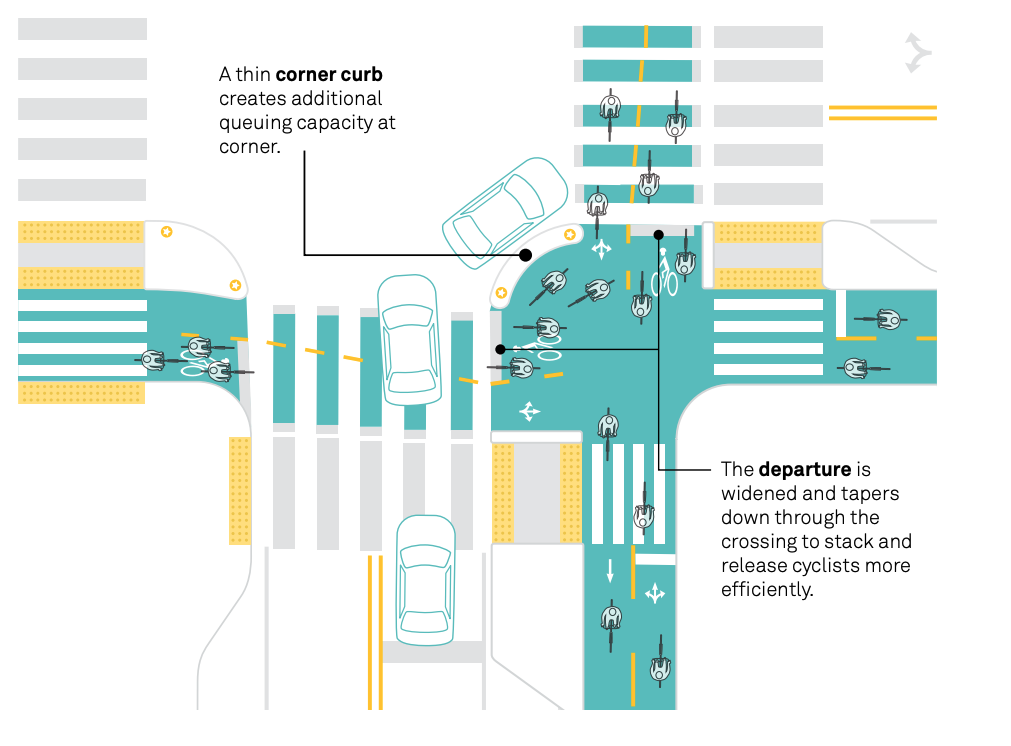
The paper provides an overview of key design considerations, including new approaches to passing widths, queueing lengths, turning radiuses, grade changes and surface materials.
It stresses that the new range of micromobility vehicles requires updated design thinking in four key areas:
- Lane widths: allocate extra width to accommodate wider devices and passing
- Intersections: create safe and manoeuvrable spaces at intersections and driveways
- Surfaces and gradients: provide smooth surfaces for devices with small wheels
- Network legibility: make the best place to ride obvious
This is the fifth in a series of working papers developed by NACTO to address the gaps in bikeway designs.



